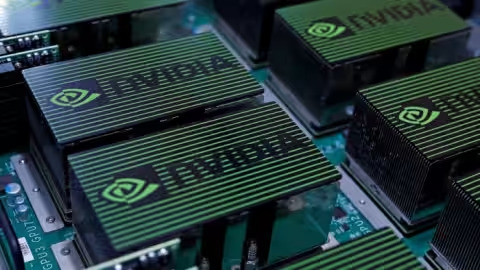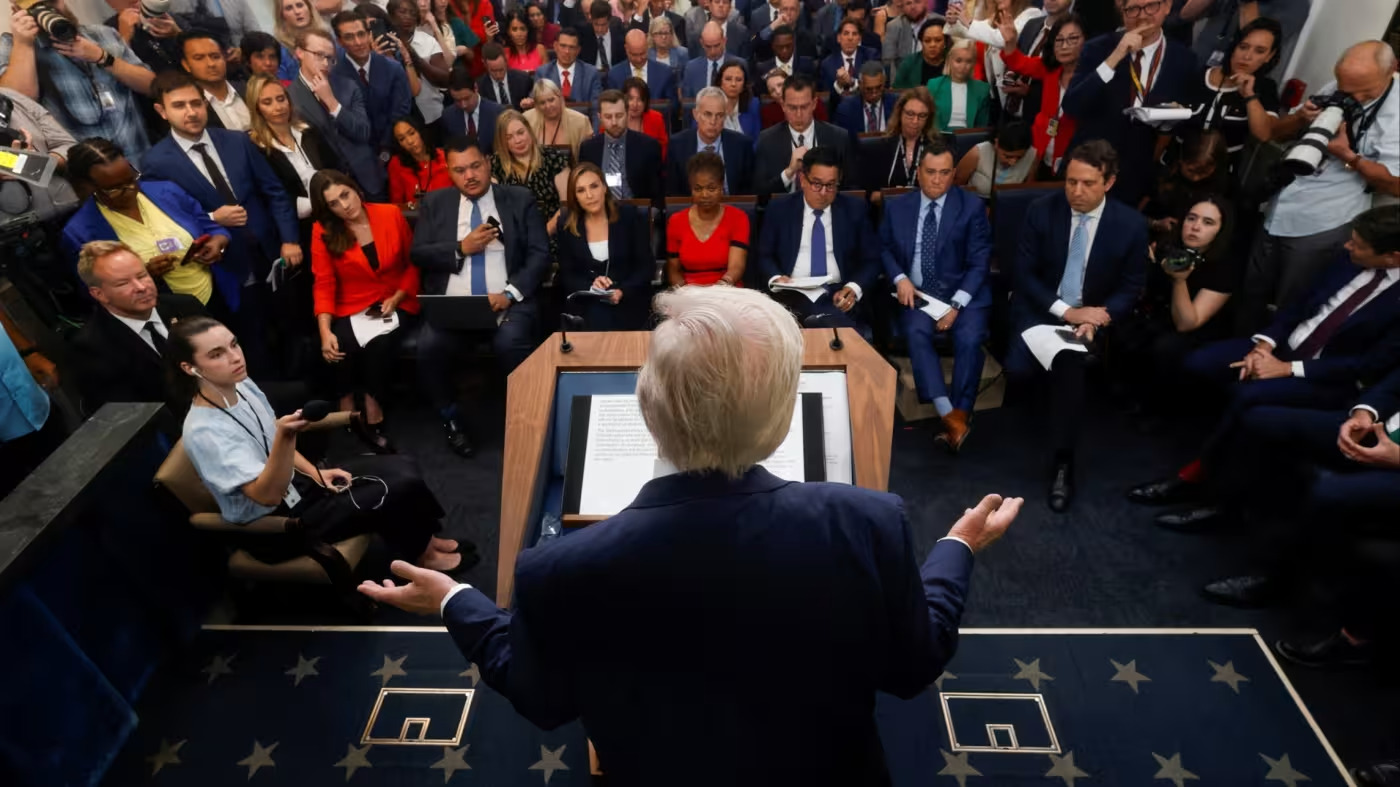NVIDIA’s “15% Price”

TEXT:Brian Maclegaer
NVIDIA, the tech giant boasting one of the world’s largest market capitalizations, has now reached the $4 trillion mark, cementing its overwhelming presence in the AI chip market. However, the company currently finds itself in the midst of the U.S.–China trade war ignited under President Donald Trump, and has been forced into an unprecedented “concession” — paying 15% of revenue from sales of high-performance AI chips in China to the U.S. government.
The U.S.–China trade conflict began with tit-for-tat tariffs in 2018 and, by 2025, had evolved into a fierce battle for technological supremacy. AI chips are at the very forefront of this fight, and NVIDIA’s AI processors, in particular, are recognized as essential infrastructure for China’s supercomputers and AI research.
The “H20” AI chip from NVIDIA was once restricted from export under the Biden administration, but the Trump administration lifted this restriction temporarily, allowing exports while demanding that the company hand over 15% of its revenue to the U.S. This negotiation resembled a “monopolistic deal” in which corporate activity and national policy merged.

According to senior White House officials, this 15% was set as a condition for obtaining export licenses, and it was the price NVIDIA and AMD had to pay to re-enter the Chinese market. President Trump himself stated that the initial proposal was 20%, but it ultimately settled at 15%.
This arrangement carries two underlying intentions: one is the U.S. economic strategy of preventing technological leakage while securing revenue from the market; the other is NVIDIA’s “reluctant choice” to avoid losing the massive Chinese market. It reveals the subtle interplay between national and corporate interests.
The deal has sparked growing dissatisfaction and caution within China. State-run media such as People’s Daily have published strongly critical articles about the H20 chip, claiming it is “unsafe,” “not particularly advanced,” and “environmentally unfriendly,” even suggesting that “consumers have the option not to buy it.”
Major Chinese AI companies like Tencent and ByteDance have also expressed discomfort with the structure in which a portion of their payments would flow to the U.S. While domestic AI chip makers such as Huawei and Cambricon exist, the technological gap and ecosystem advantages (such as CUDA) still heavily favor NVIDIA, leaving China facing a critical strategic choice.

The agreement has also ignited national security concerns. U.S. experts and lawmakers warn that AI chips could be applied to China’s military and surveillance technologies, criticizing the deal as one where “economic interests have blinded decision-makers into sacrificing security.”
Moreover, this “revenue-sharing export license model” could set a new precedent for export controls, introducing systemic risks. The structure in which corporate activity is tied into a government “tax-style license” could be seen as a challenge to the principles of free trade.
Now, NVIDIA stands at a crucial crossroads — it has secured access to China to protect its technological edge and market profits, yet faces serious questions regarding national security and corporate ethics. Meanwhile, the AI power struggle between the U.S. and China is deepening from mere commercial competition into an “AI Cold War” over technology and policy.
This deal serves as a symbolic episode in the modern economy where business and politics are inseparable. How China chooses to foster its own AI chip industry and break free from reliance on NVIDIA will undoubtedly have a profound impact on the global technological landscape.
